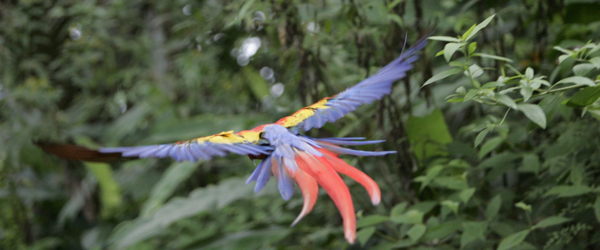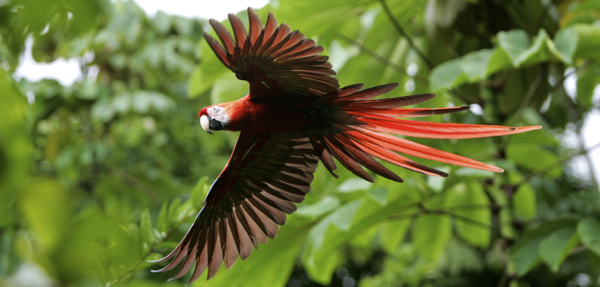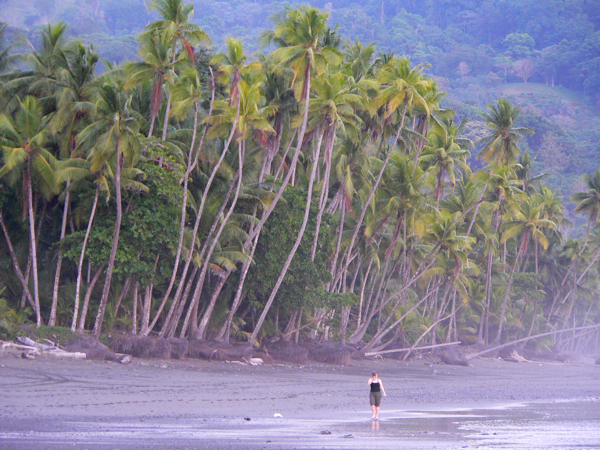wild Scarlet Macaw personalities
Scarlet Macaws are really impressive – big, beautiful and raucous. And for three years my life revolved around them. Tough luck, hey? And there was not a moment in which I was not completely fascinated by them.
I was working for a conservation organisation, called Associación Amigos de las Aves (now, The Ara Project) in Costa Rica, which aimed (aims) to use reintroduction of captive bred macaws and on-the-ground support, monitoring and adaptive management to increase the population size and range of macaws in Costa Rica. I headed their field operations.
When I first started working on them, one of the first things I tried to do was to figure out a way that I could individually identify them, not that easy of a task. But being a closed population and initially fairly small, this was somehow manageable.
One of the coolest things I discovered in the beginning was to see just how different their personalities were from each other, and although each individual had its own unique identity number (that which was printed on their metal leg band), I could not help but give them names that somehow, for me, fitted their personalities. The first birds to get names were Cindy and Big Boy. He was the biggest, most aggressive of the macaws in the initial flock and seemed to strut around like a pimp with his fish-net stocking wearing, high heel strutting Cindy.
Torpe (dull/stupid) was the slightly dorky, clumsy macaw that for some reason always seem to trip over his own feet and bash his head. He earned the name once and for all when I saw him fall out of a tree four times in three hours. I do not mean fly out. I mean fall out and then use flying to stop himself hitting the deck. But his nature grew on me.
Freddy and Jorge took their names for the strong bond they shared – they reminded me of Fred and George Weasley (Harry Potter) and the way they were always together and getting up to mischief. To read more about male-male pair bonds in Scarlet Macaws, see my related post in 10,000 Birds.
Over the years, we released more and more macaws (with practically a 100% survival rate – the result of adaptive and well thought-out management) and the population got bigger, to an extent that I could not spend as much intense time monitoring/observing each individual as I had in the beginning. This meant that it was only really the first ten or so that got names. But years later, I would see other macaws either at one of our other reintroduction sites, or in other wild populations, and would see little bits of my babies’ personalities coming out. Sometimes it would be in the form of a particularly aggressive steroid bird, or a clumsy bird, or an inseparable frat-brothers pair. And this always put a smile on my face and the warm of happy nostalgia.
Scarlet Macaw youngster in the final week before leaving the nest. Video by Bryan Andrews.
For more about the incredible dedication of the people involved in The Ara Project, please see their website: https://www.thearaproject.org/ (I see they are currently working on it, so you might want to return in a couple of days)
Happy birding,
Dale Forbes





